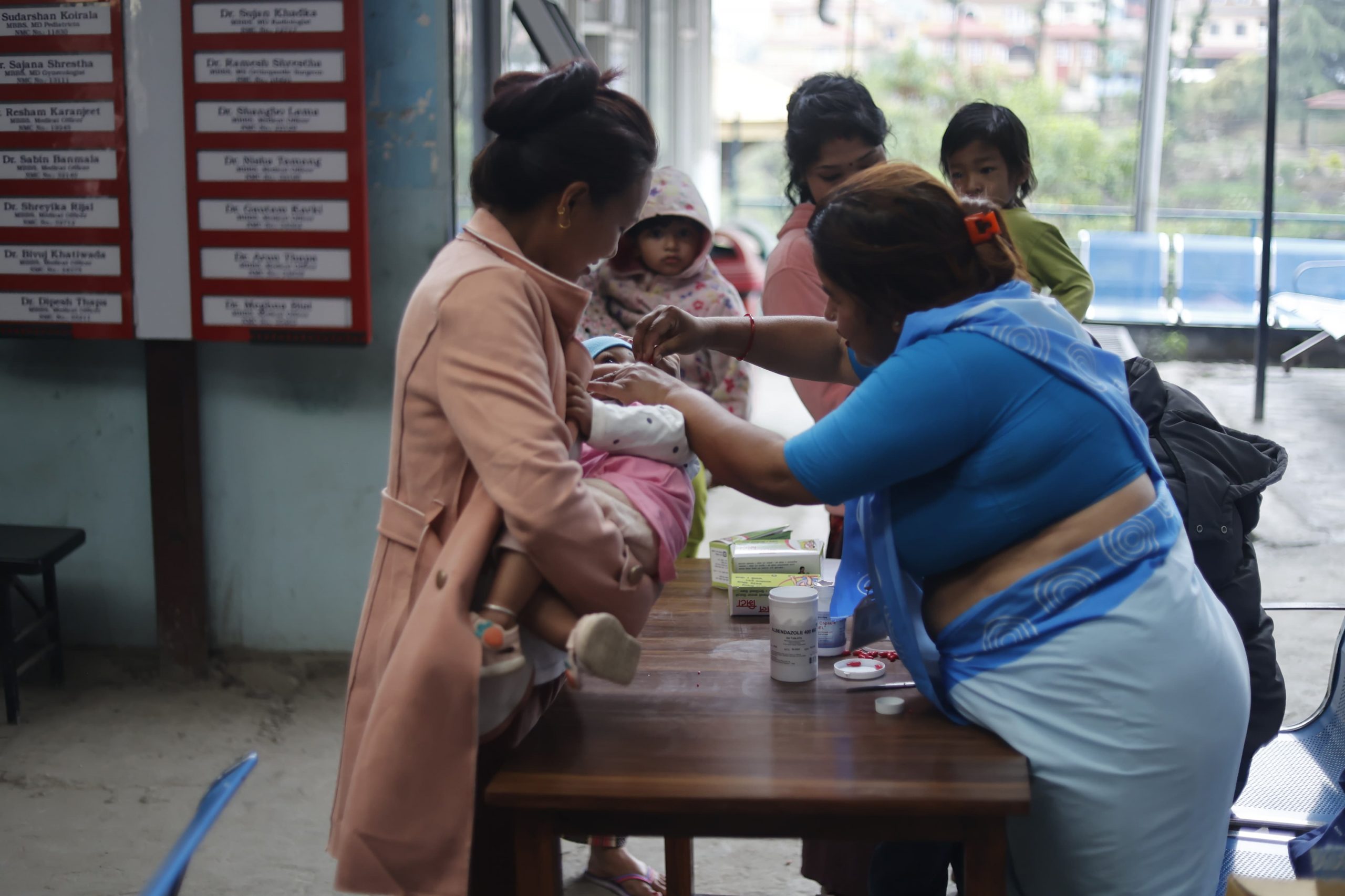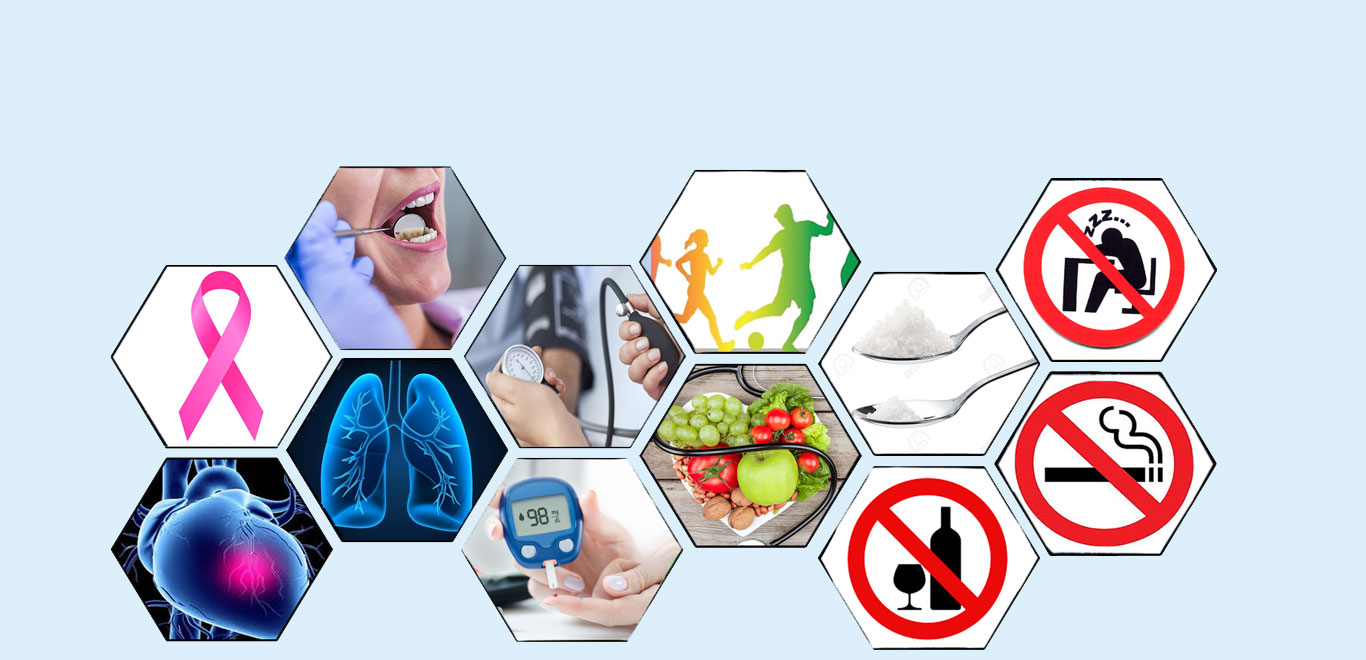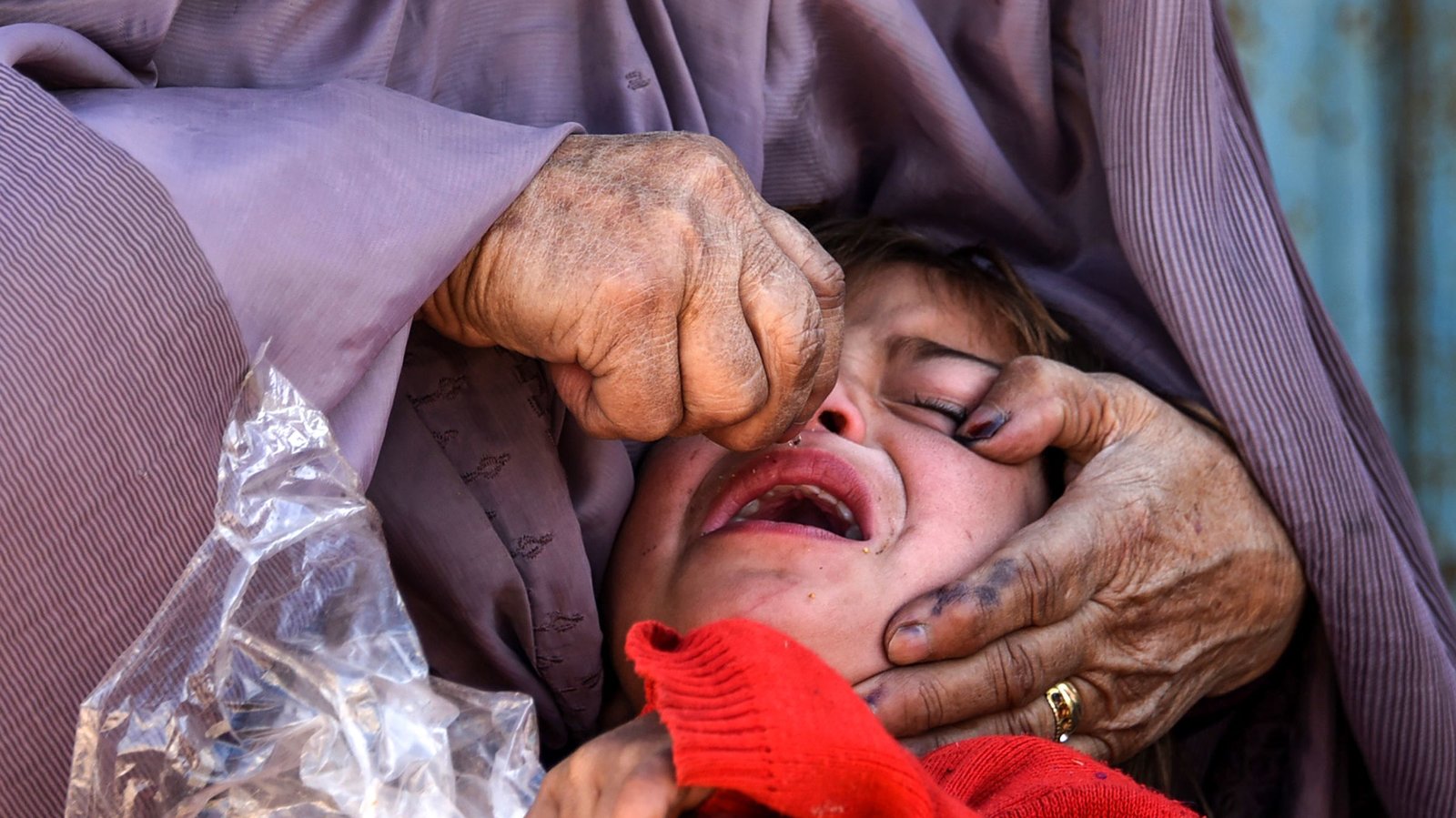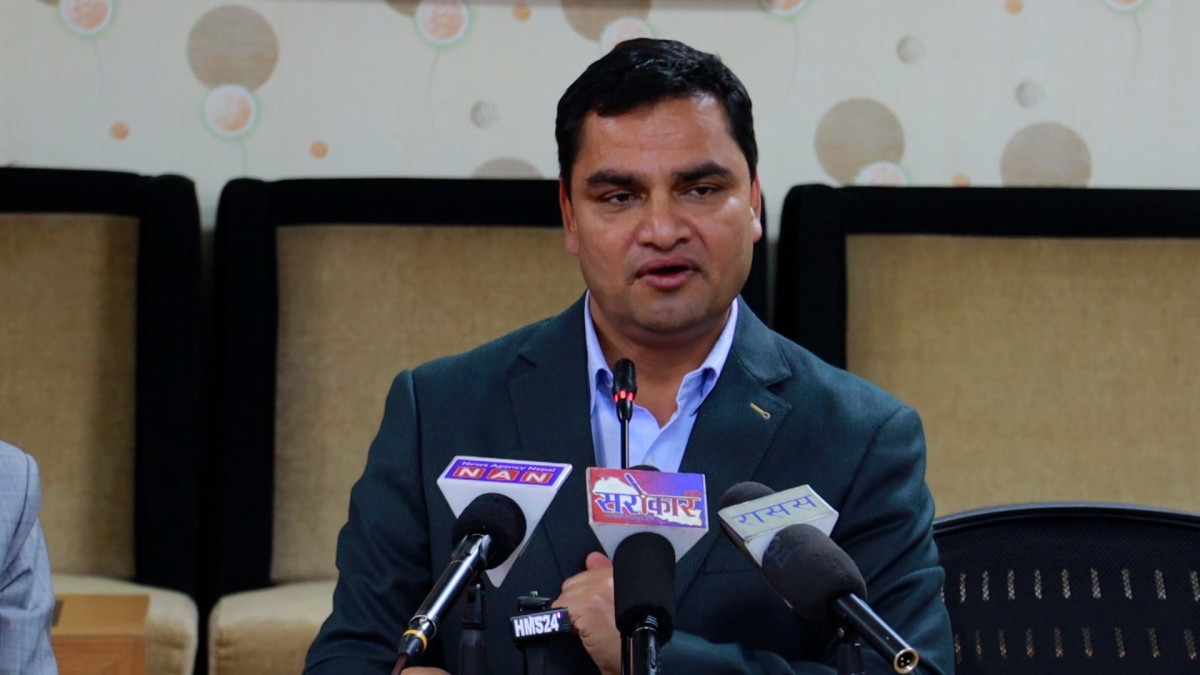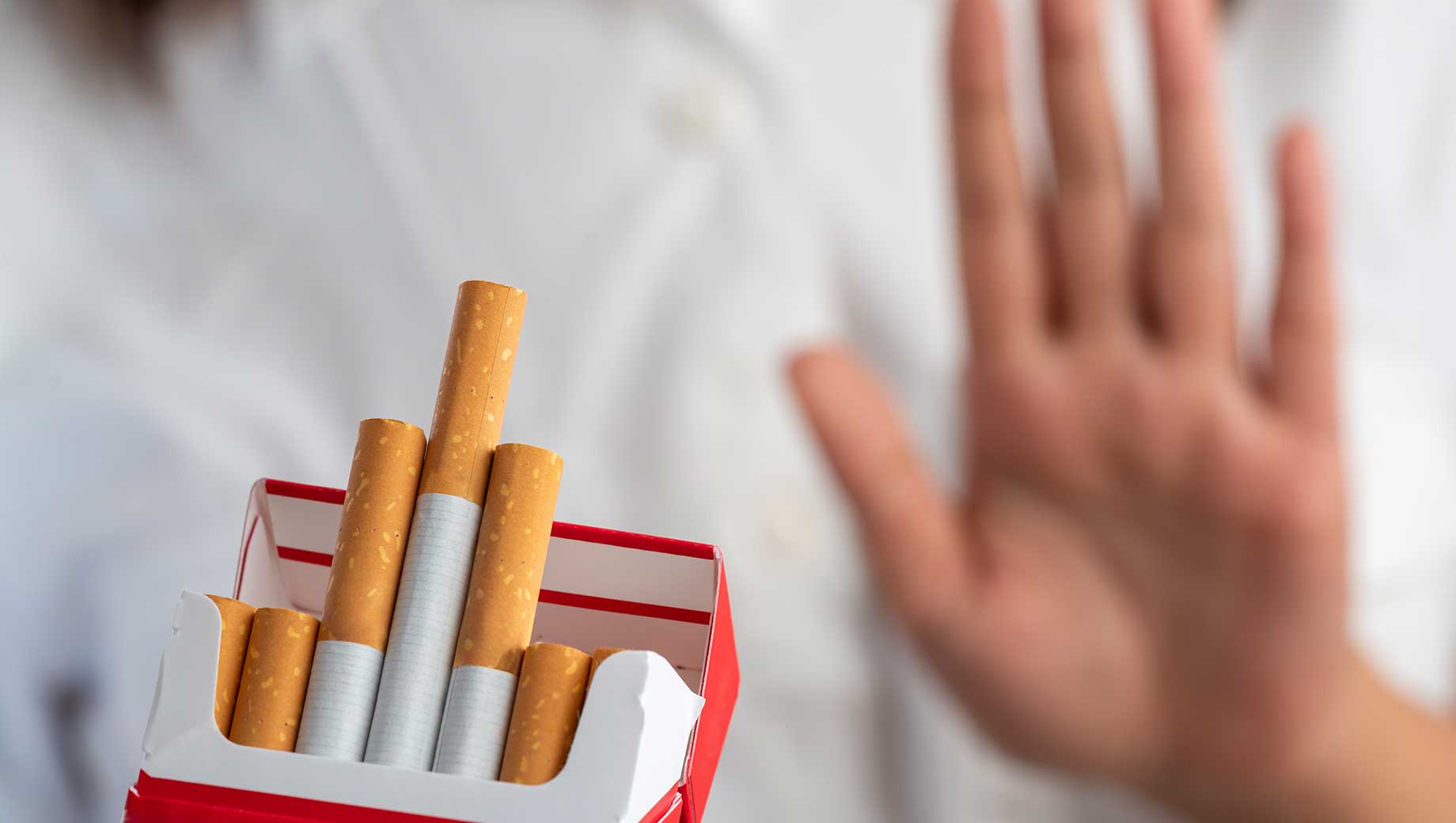What to do when bitten by a deadly spider?
In the incident of a bite from a potentially deadly spider, immediate and appropriate action can be the difference between life and death.
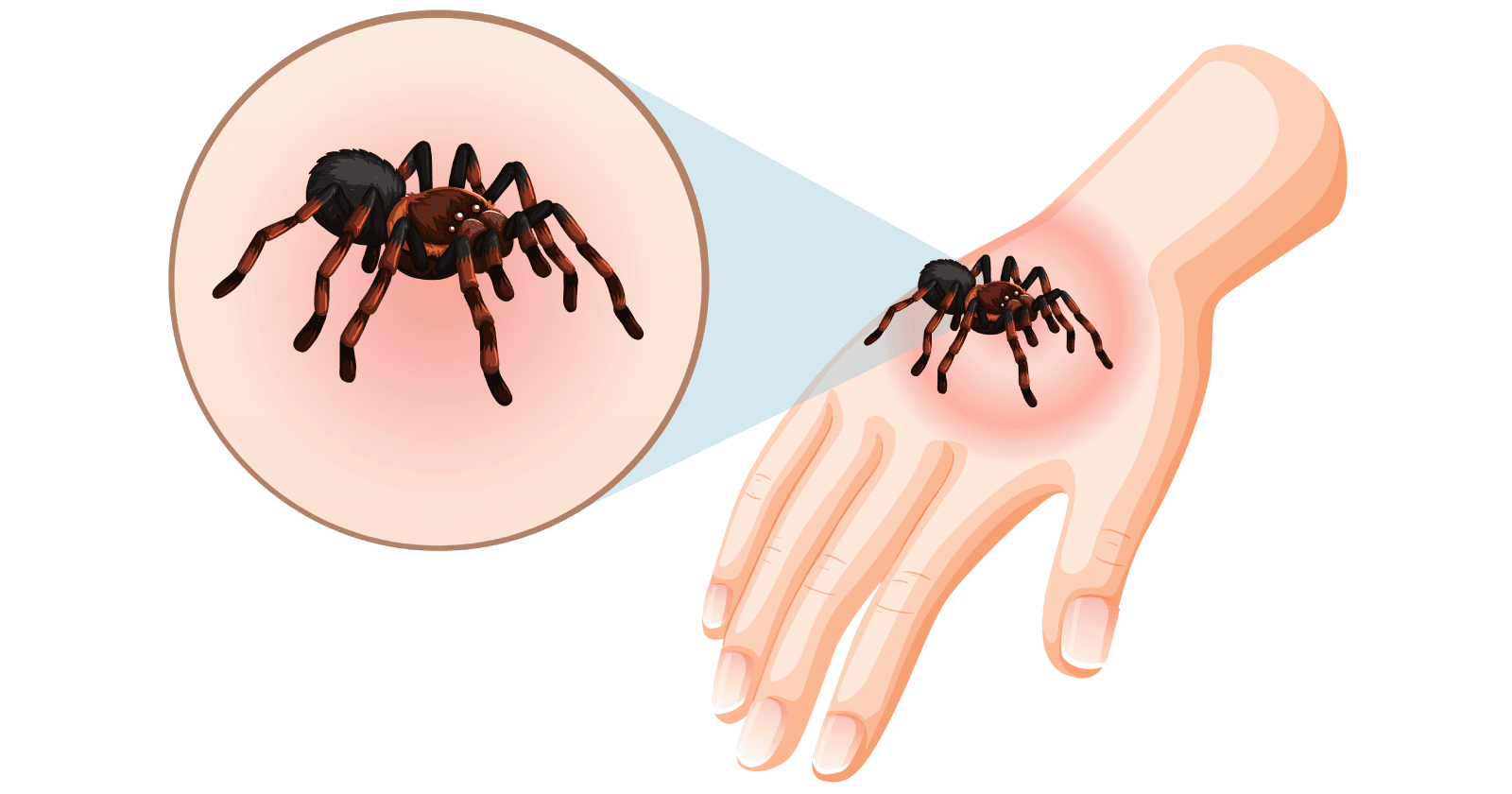
KATHMANDU: A spider bite, while often harmless, can become a serious medical emergency, especially if the spider in question is venomous.
In the incident of a bite from a potentially deadly spider, immediate and appropriate action can be the difference between life and death.
This guide outlines crucial steps to take when bitten by a dangerous spider, helping individuals respond effectively and swiftly.
1. Stay Calm and Assess the Situation
The first and most important thing to do is to stay calm. Panicking can increase heart rate, causing the venom to spread more quickly through your bloodstream. It’s essential to assess the situation rationally:
-
Identify the Spider: If you can safely do so, try to remember the color, shape, and size of the spider. This information can be critical in determining whether it is venomous and what kind of treatment might be necessary. For example, the black widow and brown recluse spiders are among the deadliest in North America.
-
Location of the Bite: Note where on your body you were bitten. The location can determine the severity of the venom’s effects, especially if the bite is close to vital organs.
2. Immediate First Aid: Clean the Bite Area
As soon as you are bitten, take these initial steps to reduce the spread of venom and prevent infection:
-
Clean the Bite Area: Wash the wound gently with soap and water. This will help prevent bacteria from entering the bite site and causing an infection. Use an antiseptic if available.
-
Apply Ice: Apply an ice pack wrapped in a cloth to the bite area. This helps reduce swelling and pain. Avoid placing ice directly on the skin to prevent frostbite.
-
Stay Still: Try to keep the affected area as still as possible. Moving around can increase blood flow, which may speed up the spread of venom.
3. Seek Medical Attention Immediately
Regardless of how mild or severe the symptoms seem, seek medical attention as soon as possible. Many deadly spider bites, such as those from the black widow or brown recluse, can lead to severe complications if not treated promptly. Even if you’re not certain whether the spider was venomous, it’s better to err on the side of caution.
-
Call for Help: If you are in a remote area or unable to transport yourself to the hospital, call emergency services immediately. Time is of the essence, and professional medical intervention is necessary.
-
Antivenom and Pain Relief: If you are bitten by a venomous spider, medical professionals may administer antivenom or other treatments to neutralize the venom and ease pain. It’s also likely that painkillers and antihistamines will be used to manage symptoms.
4. Monitor Symptoms and Warning Signs
The symptoms of a deadly spider bite can vary depending on the type of spider and the severity of the venom. Common warning signs to watch for include:
-
Severe Pain or Cramping: Especially around the bite area or in the abdomen, chest, or limbs.
-
Muscle Spasms and Weakness: This can be a sign of paralysis or systemic poisoning, especially after a black widow bite.
-
Nausea or Vomiting: These symptoms are often accompanied by intense pain.
-
Sweating or Dizziness: Sweating profusely, dizziness, or fainting can indicate a severe systemic reaction to the venom.
-
Necrosis: In the case of a brown recluse bite, you may notice tissue damage around the bite site, which could develop into a necrotic ulcer.
If you experience any of these symptoms, it’s crucial to seek medical treatment immediately. Timely intervention can help mitigate severe reactions.
5. Prevent Further Exposure and Take Precautions
After the bite, it’s important to take steps to minimize the risk of future spider bites:
-
Keep the Area Clean and Monitor the Bite: While healing, continue to clean the bite site and monitor for signs of infection or worsening symptoms, such as redness, warmth, or pus. If you notice any of these signs, seek medical attention.
-
Pest Control: Ensure your home and surrounding areas are free of spiders. Seal cracks and crevices where spiders might enter, and consider using pest control treatments if necessary.
-
Wear Protective Clothing: If you live in an area known for venomous spiders, take extra precautions when working outdoors or in areas where spiders are common. Wear gloves, long sleeves, and boots to minimize the chance of being bitten.
6. The Role of Emergency Medical Services (EMS)
Emergency medical services play a critical role in treating serious spider bites. When bitten by a potentially deadly spider, you should aim to get to the hospital or an emergency care facility as soon as possible. EMS teams can assist with:
-
Administering Oxygen and IV Fluids: For severe reactions, providing oxygen and fluids can be vital in preventing shock and stabilizing the patient.
-
Pain Management and Antivenom: Hospitals may administer painkillers, muscle relaxants, or antivenoms depending on the type of venom involved.
-
Monitoring Vital Signs: Medical professionals will closely monitor your heart rate, blood pressure, and respiratory function to ensure that you are not suffering from systemic toxicity or shock.
7. Long-Term Effects and Recovery
The severity of the effects from a deadly spider bite can vary. Some people may recover quickly with no long-term effects, while others may experience complications, such as:
-
Tissue Necrosis: Some bites, like those from the brown recluse spider, can cause tissue damage around the bite site, which may require surgical intervention for debridement or skin grafts.
-
Neurological Damage: For black widow bites, the venom can cause muscle spasms and neurological damage. With treatment, most people recover fully, but in some cases, long-term nerve damage can occur.
End
A bite from a deadly spider is a medical emergency that should never be taken lightly.
Immediate action, including cleaning the bite, applying ice, seeking medical attention, and monitoring symptoms, is critical to ensuring a positive outcome.
When in doubt, always err on the side of caution and seek professional help.



